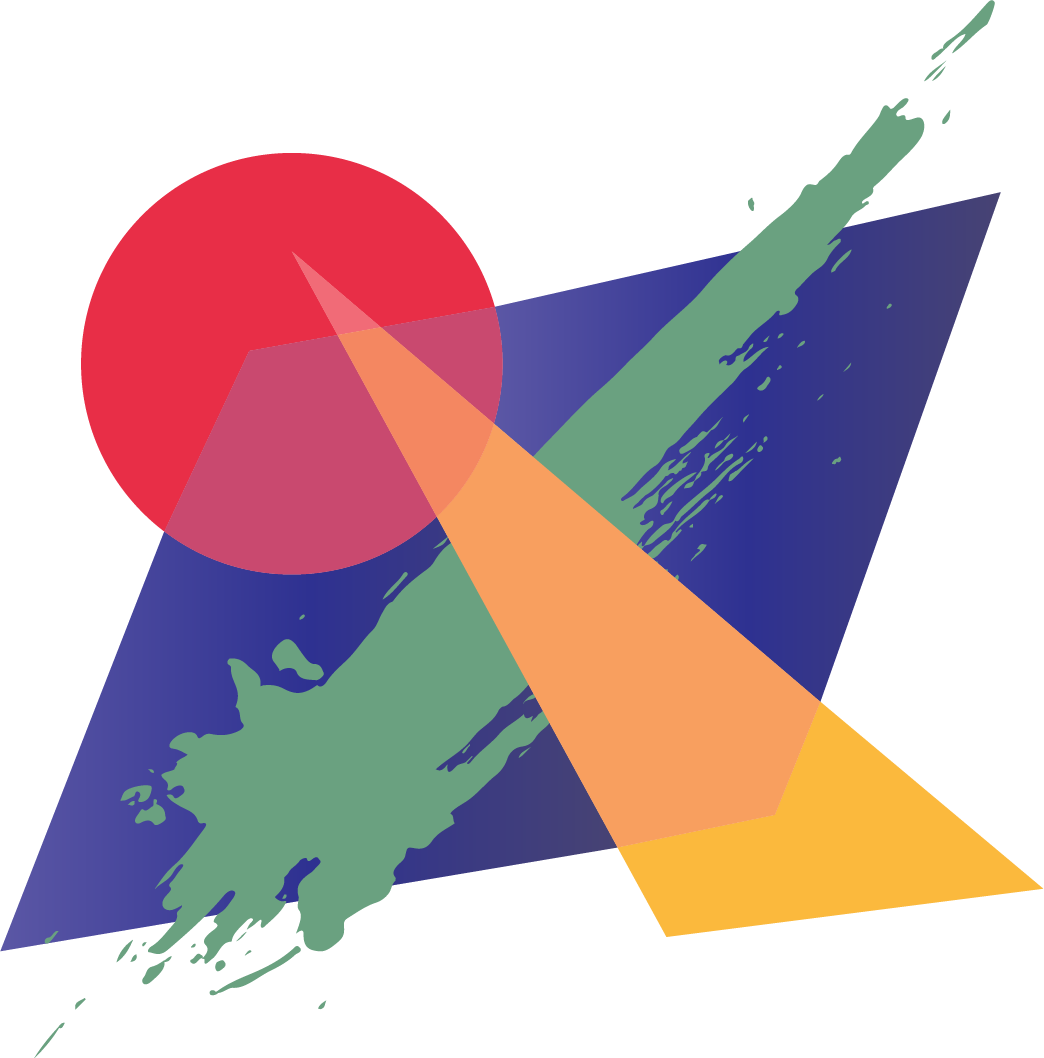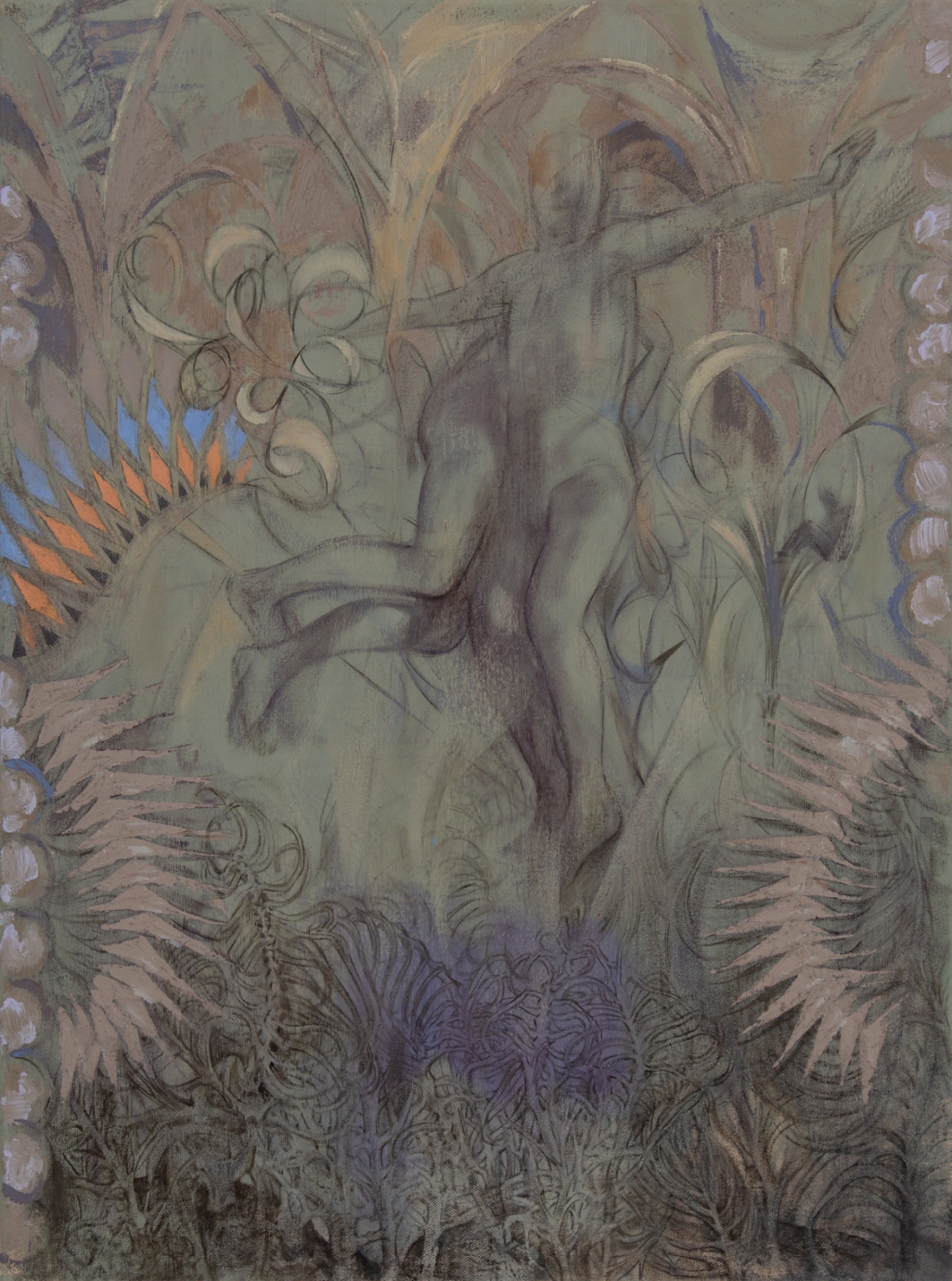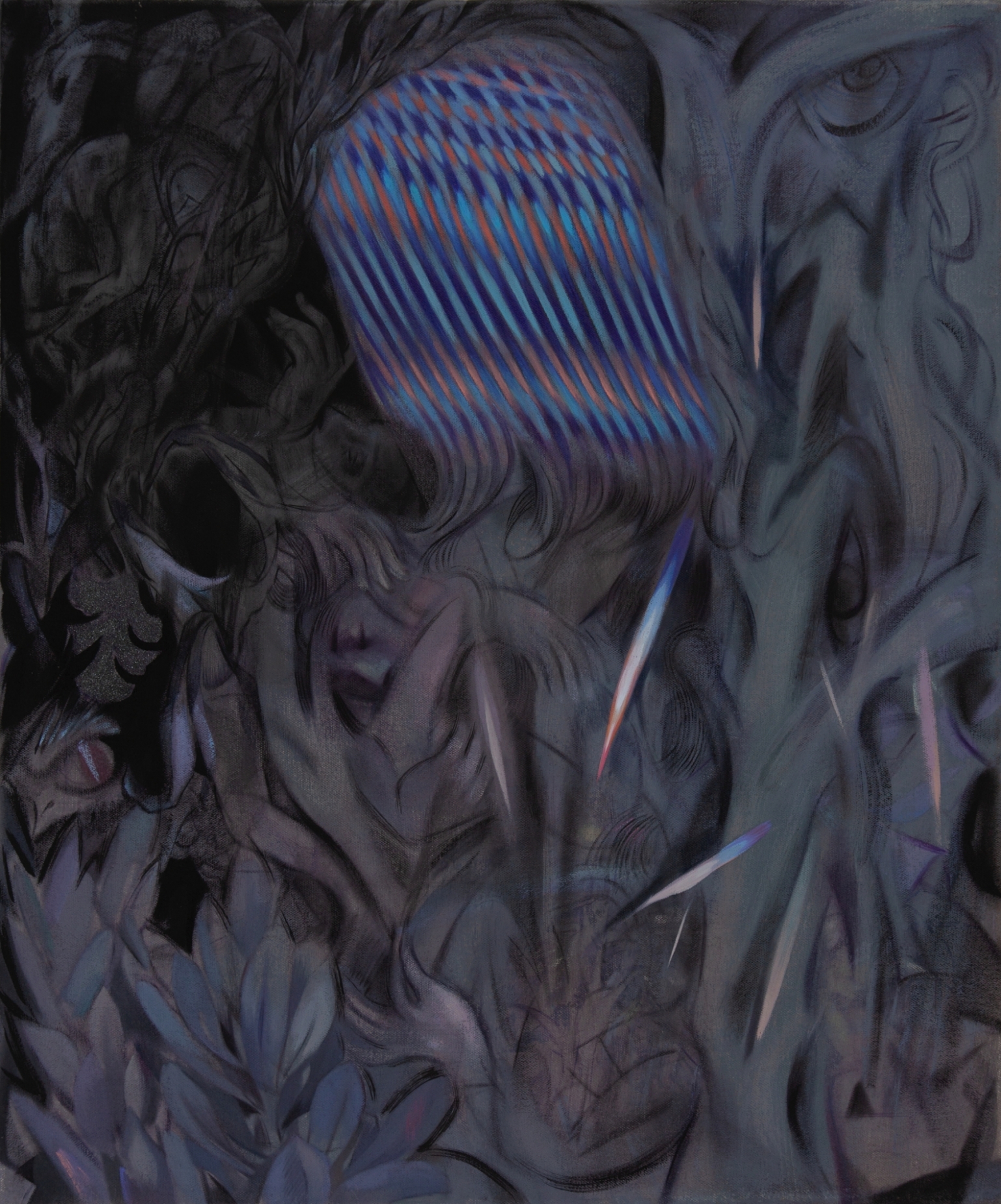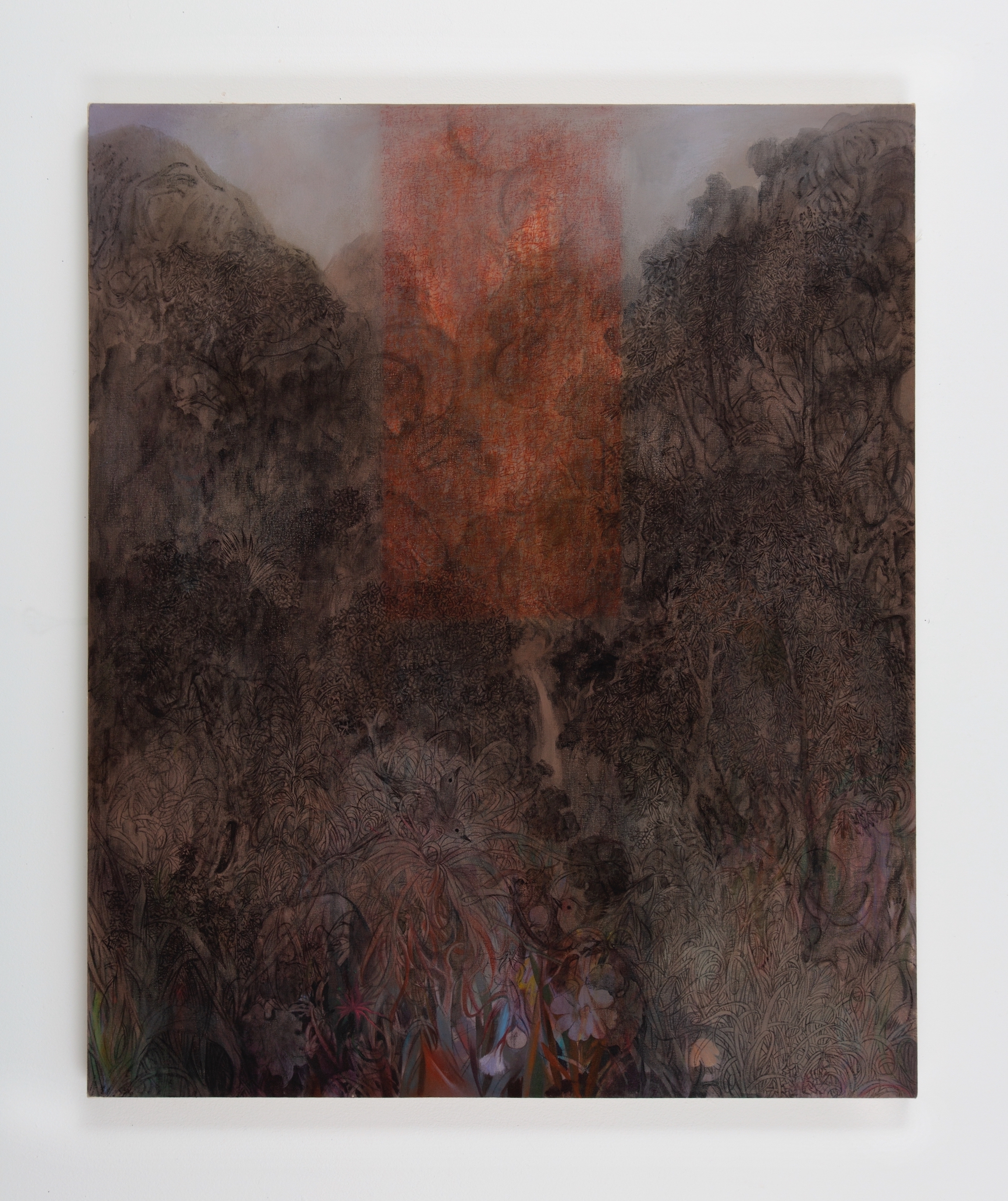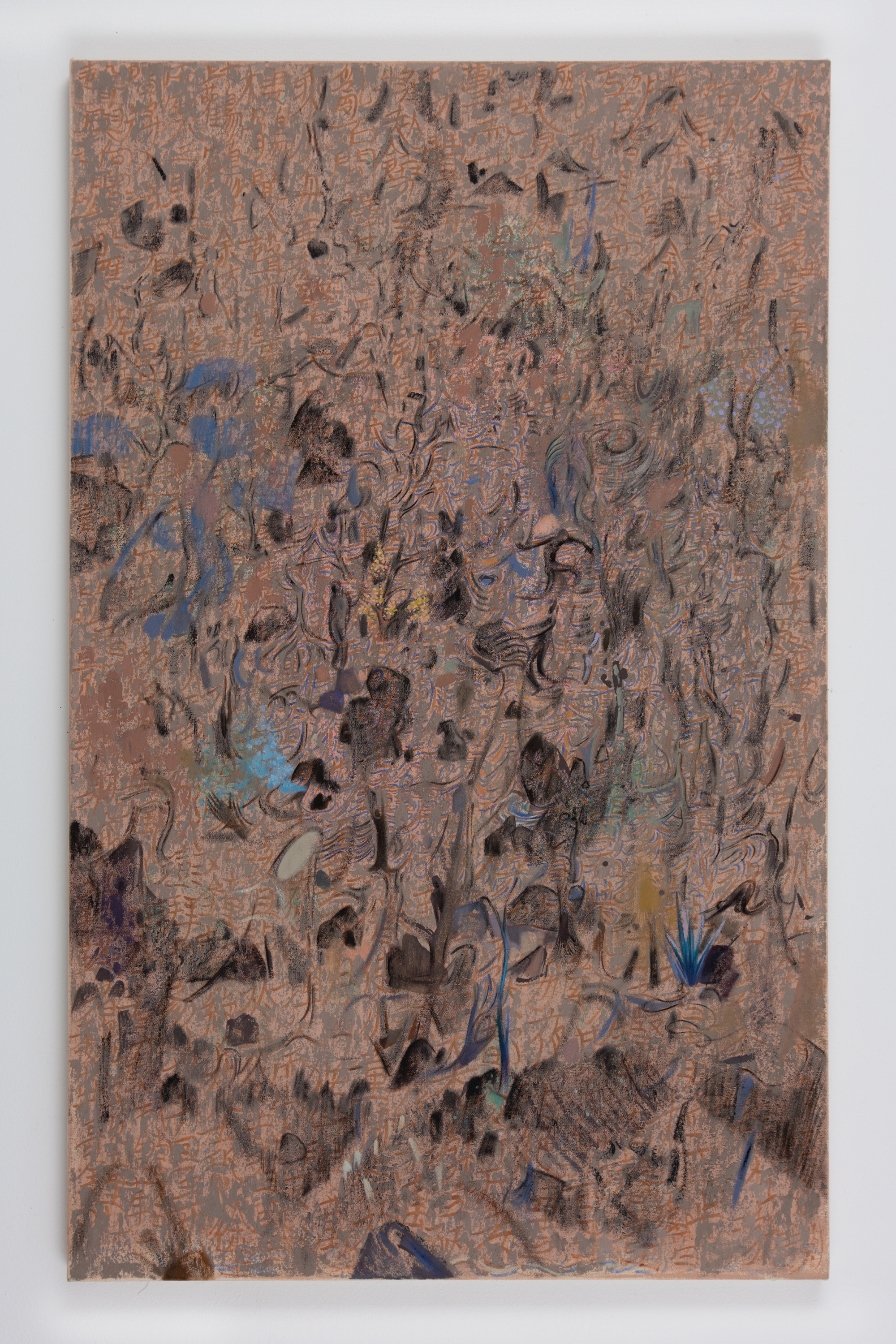Yanqing Pei: “The creative process is a journey toward self-liberation and self-affirmation, which solidified my resolve to pursue a career in the arts.”
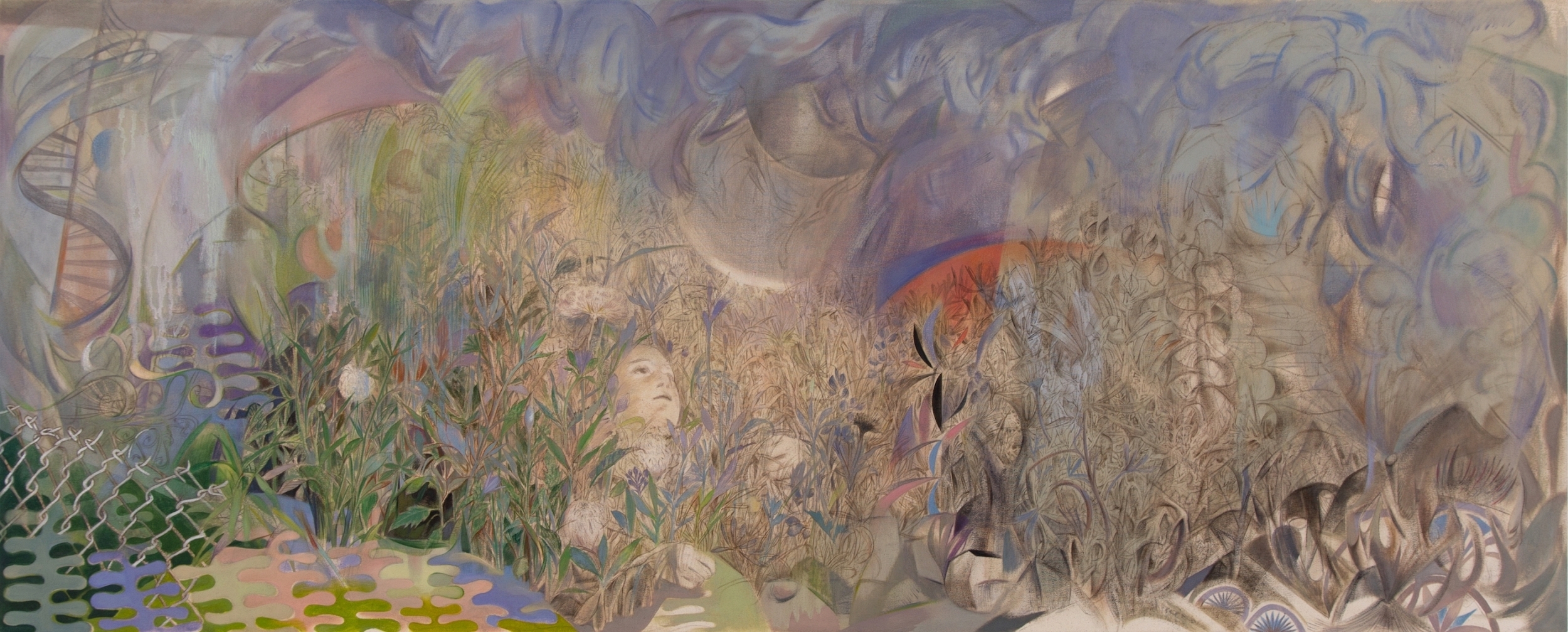
How and why did you start your artistic career?
For me, creating art is a means of engaging with my surroundings. I developed the habit of drawing rather than writing to record my thoughts and emotions at a young age. Occasionally, these scribbled images failed to convey a clear idea, but this mode of expression was a natural way to capture the moment. At that time, drawing was merely a pastime or an impulse for me. As I gained more experience in this “involuntary” drawing practice, I realized that it was no longer merely a hobby for me; I wanted to delve deeper into the arts and truly understand how to create my own artwork.
I attended art schools, and since then, I have experimented with a variety of creative mediums and techniques, encountered great works of art, and begun to determine the type of art I wish to create. The creative process is a journey toward self-liberation and self-affirmation, which solidified my resolve to pursue a career in the arts.
How did you discover your medium and why did you choose it?
During my undergraduate studies, I began to study traditional Chinese painting. It took me some time to familiarize myself with traditional Chinese painting tools and mediums such as rice paper, silk, ink, and calligraphy brushes. During my graduate studies in the United States, I transitioned to painting on canvas. Canvas has a very distinct texture compared to rice paper and silk. It is less absorbent and more abrasion-resistant. Instead of applying layers of white gesso prior to painting, I use transparent gesso to preserve the natural color of the canvas. In some of my paintings, portions of the raw canvas are left as negative space. Additionally, I use colored gesso to create shapes and textures.
I began to combine the characteristics of these various materials. Unexpectedly, the roughness and pliability of untreated canvas complement the delicacy and fluidity of the inky brushstrokes. Every time I experimented with a new medium, I reexamined some of my unintentionally developed habits. In the creative process, I believe there is always a delicate balance between exquisite dexterity and the disruption of habitual response.
Can you talk about your creative process? How was your work born? How long do you take? When do you know it’s over?
There are various ways I can initiate a piece of work. I collect fragments of daily life by sketching, taking notes, and photographing them. My inspiration could be a scene from a trip, a fragment of a daydream, or a fleeting mental image. I am fascinated by how interconnected and interdependent beings are within a complex and chaotic whole. My paintings depict distinct entities and their interconnections with other entities.
In the past two years, I’ve also been creating a new series of Chinese ideogram-inspired abstract landscape paintings. The majority of my inspiration for this series comes from classical Chinese poetry, which expresses thoughts, emotions, and attitudes through natural objects and scenes with flexible syntax. They are rich in imagery and metaphors, and frequently convey an introspective spirit. I am intrigued by the pictorial nature of Chinese ideographic characters and how, in its own way, it stimulates the imagination. I transformed some ideographic characters into pictorial visions by reshaping them in the style of calligraphy. The written contexts have become illegible marks that blend with the other layers of the paintings.
Typically, I begin a painting with a rough sketch to leave room for my intuition on the canvas. This results in a degree of adaptability in the creative process, as well as fluctuations and instability in the amount of time I spent. It is difficult to pinpoint exactly when a painting is complete, but I can always tell if it is not. The majority of the time, I would let the paintings rest on their own. And when I return to them, the painting itself will indicate whether it is complete.
Who are your favorite artists? Which ones are you inspired by?
There are a great many of them. Recently, I’ve been looking at the works of artists such as Julie Mehretu, Angela Dufresne, Brice Marden, and Henri Michaux.
THE ARTIST
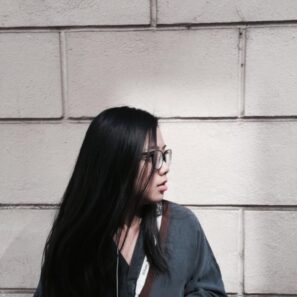
Name: Yanqing Pei
Residence: Brooklyn, New York
Occupation: Painter
Social: https://www.instagram.com/theepenpen/
FEATURED WORKS

